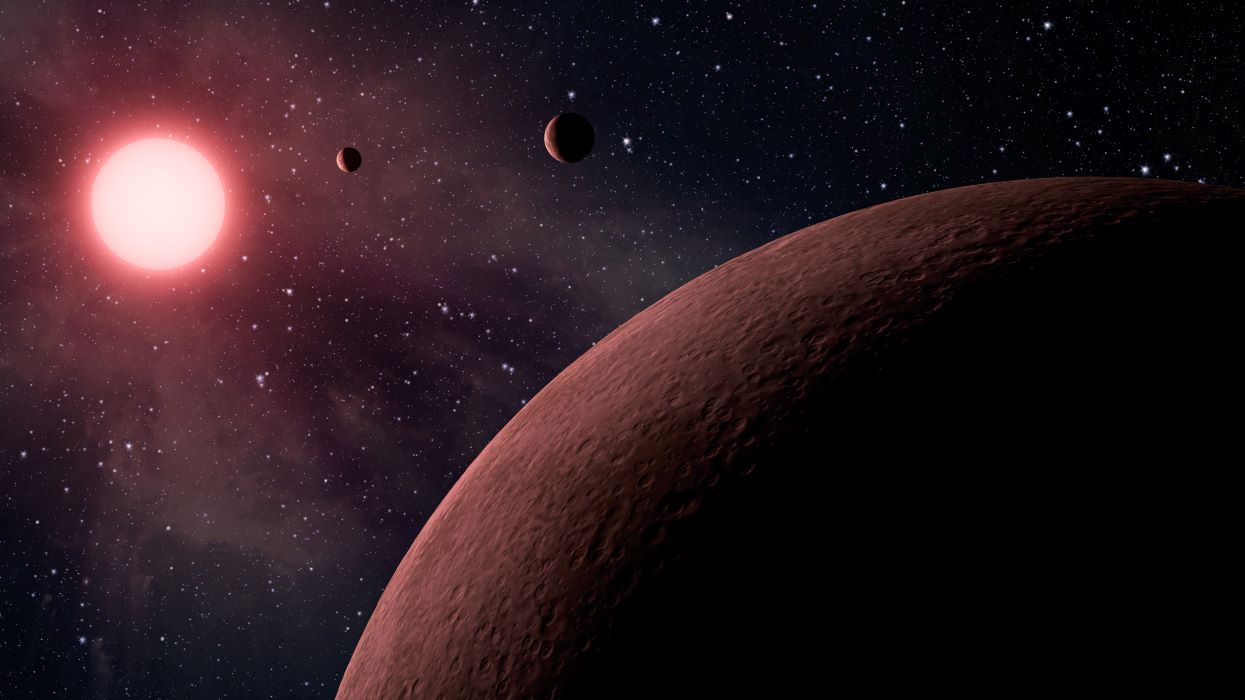
Exploring the Habitable Zone: NASA's Ongoing Search for Life
NASA's relentless quest for life beyond Earth extends to the intriguing concept of the habitable zone, an area around a star where conditions may be just right for liquid water to exist—a key ingredient for life as we know it. The space agency's dedicated efforts in the Search for Extraterrestrial Intelligence (SETI) and astrobiology converge in this critical exploration.
The habitable zone, often referred to as the "Goldilocks zone," is the orbital region around a star where temperatures are neither too hot nor too cold, allowing for the potential presence of liquid water—a fundamental element for life. NASA's comprehensive study of exoplanets, planets outside our solar system, plays a pivotal role in identifying these zones and understanding the conditions necessary to sustain life.
This cosmic investigation involves the analysis of data from space telescopes such as Kepler and TESS, which have cataloged thousands of exoplanets, providing valuable insights into their size, composition, and orbital characteristics. Scientists meticulously assess these findings to identify planets situated within the habitable zone, sparking excitement and curiosity about the potential for extraterrestrial life.
As our understanding of the cosmos evolves, NASA's exploration of the habitable zone remains at the forefront of scientific inquiry. By pushing the boundaries of knowledge and technology, the quest for life in the universe continues, offering a glimpse into the vast possibilities that lie beyond our own celestial neighborhood.
Explore the wonders of the habitable zone with NASA as we embark on this fascinating journey to uncover the mysteries of life beyond Earth.



